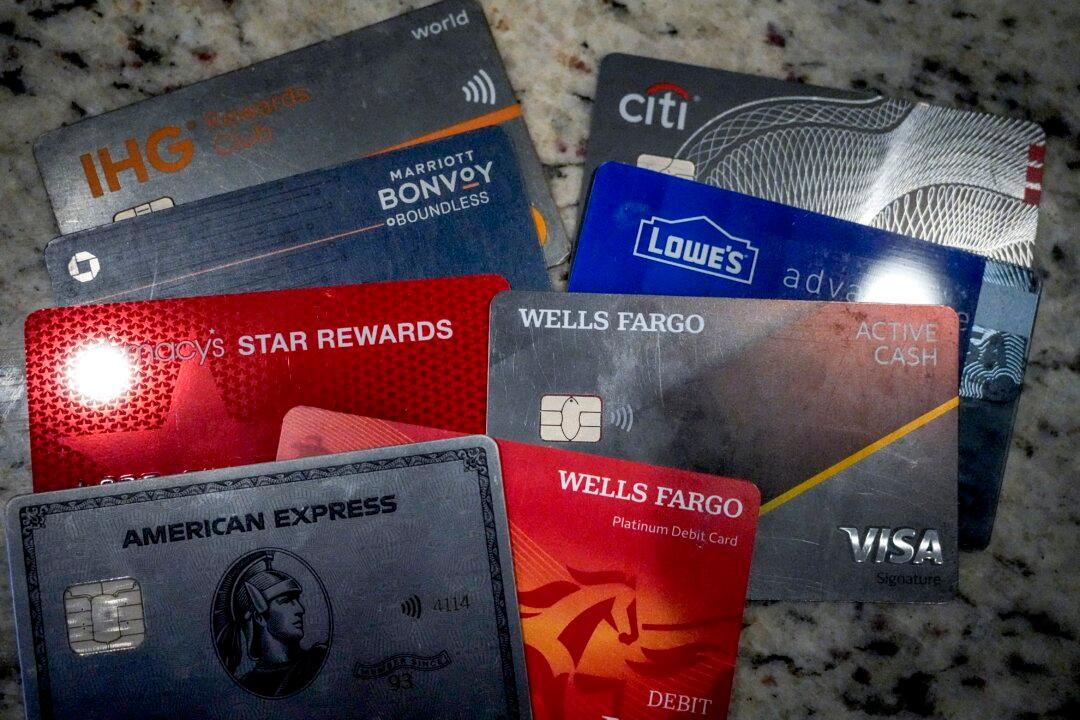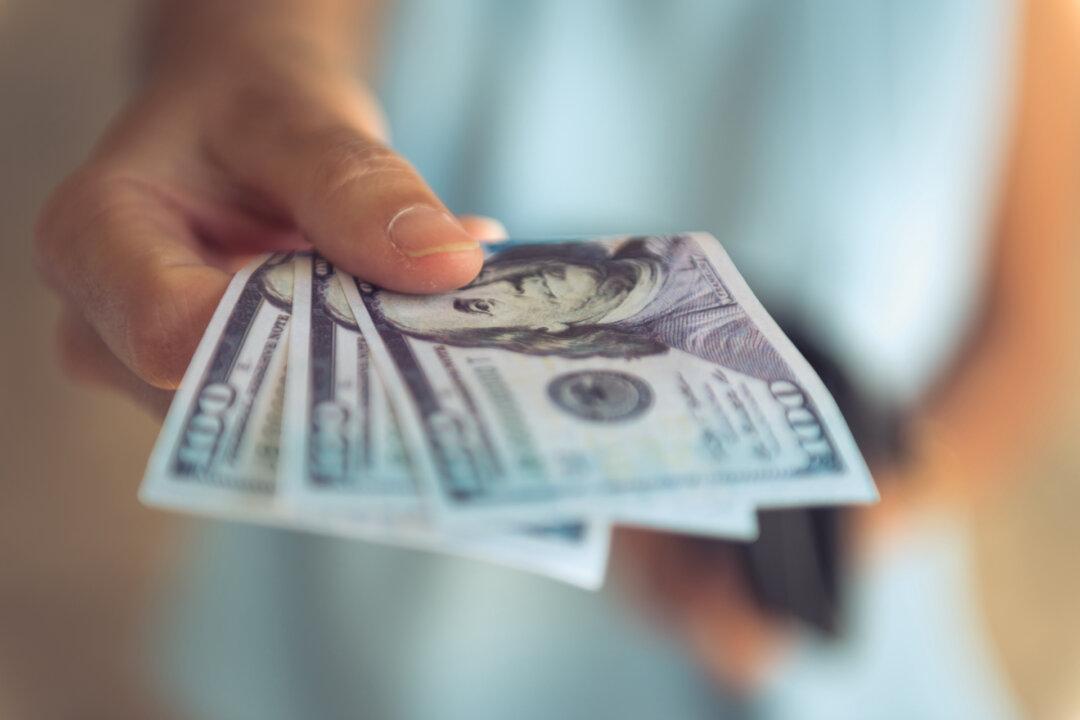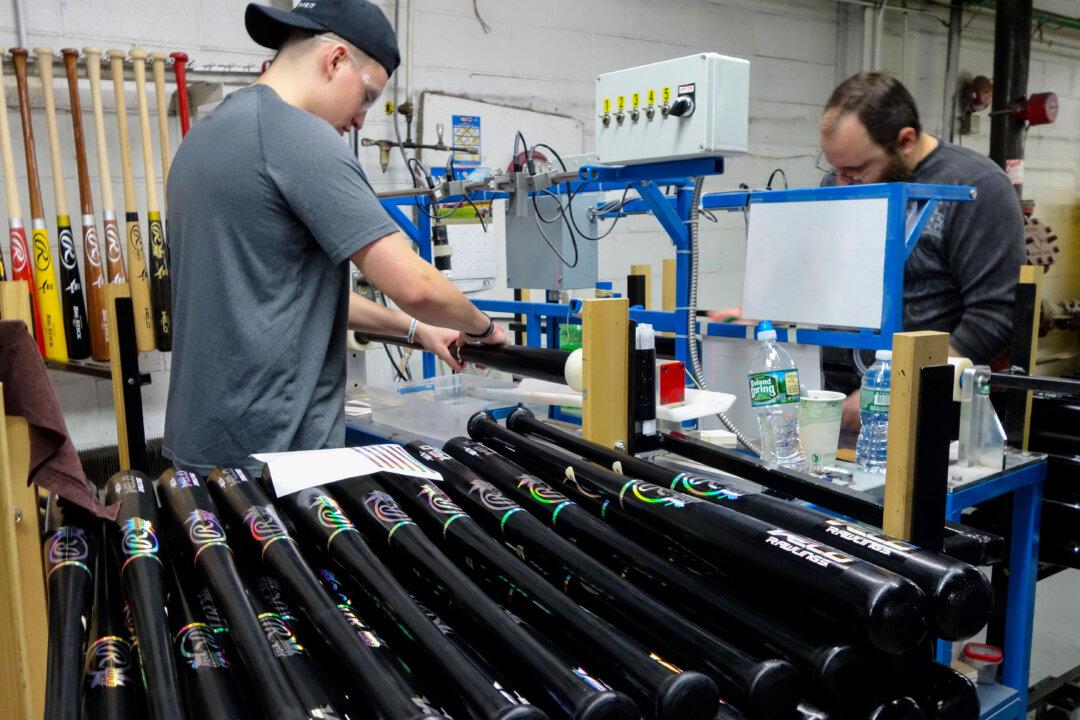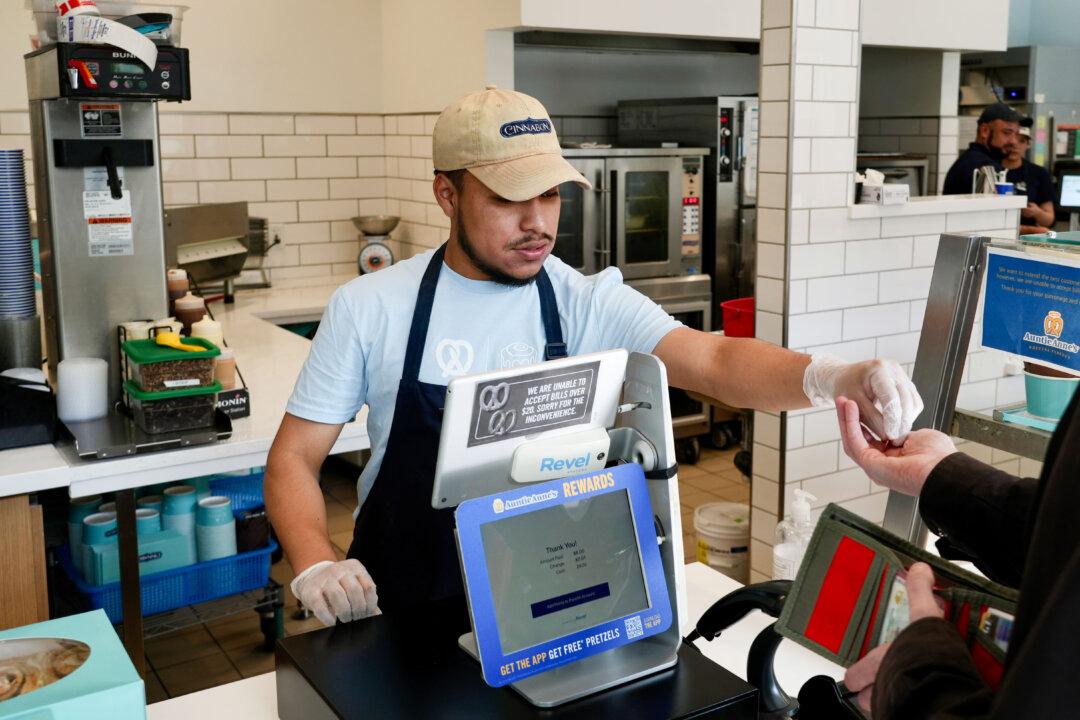Since early 2023, economists have been warning about a potential recession in the United States. Now, at least one economic adviser predicts that we’re safe from recession for the rest of the year because consumers are still spending. But how long will that last?
“As long as people feel their jobs are secure and we’re seeing a level of job increases, people will continue to spend,” National Retail Federation chief economist Jack Kleinhenz told The Epoch Times. “I don’t believe a recession is in the cards for the remainder of the year. We had reasonably good labor numbers and there’s some softening, but consumer spending hasn’t cut back.”





